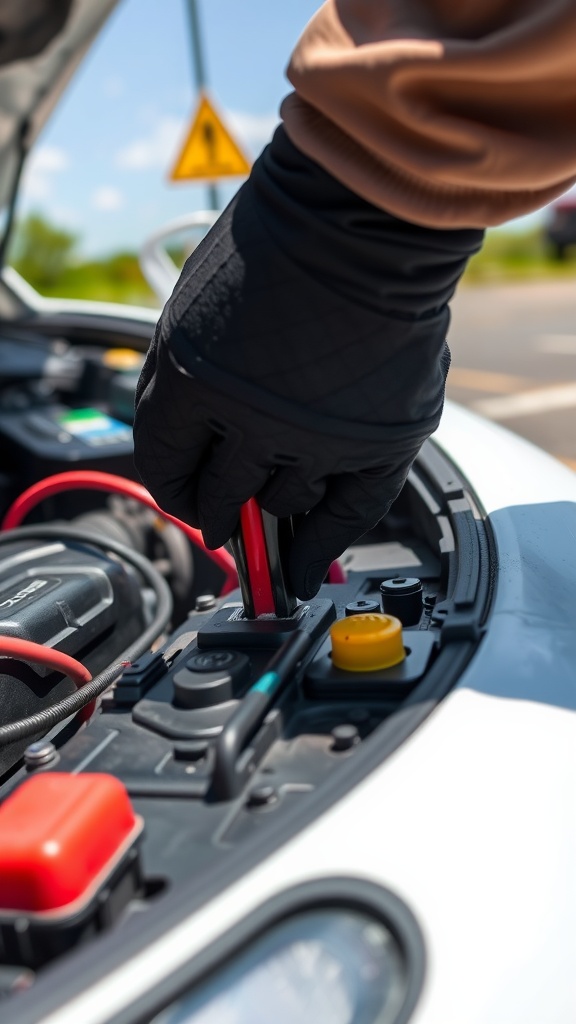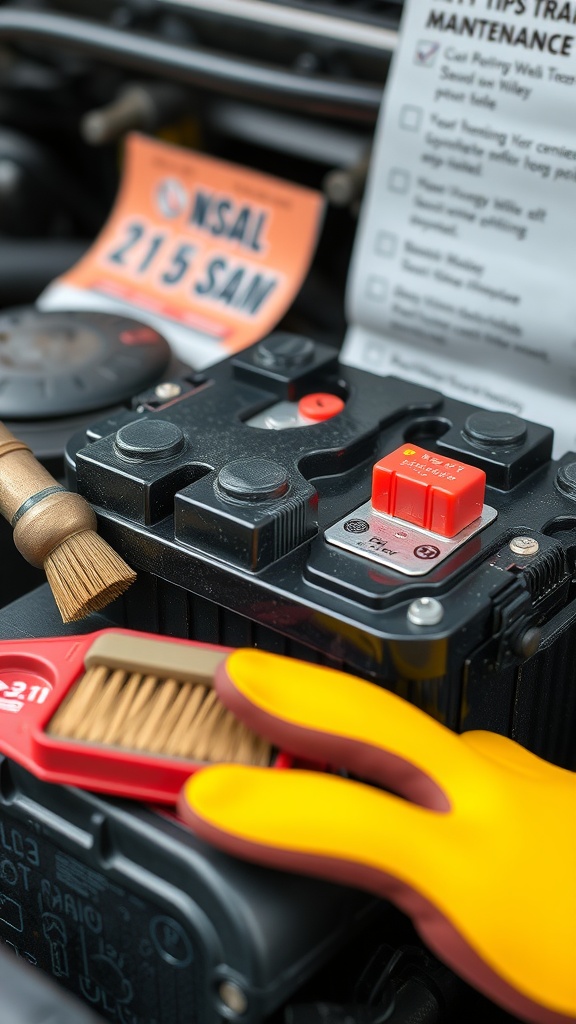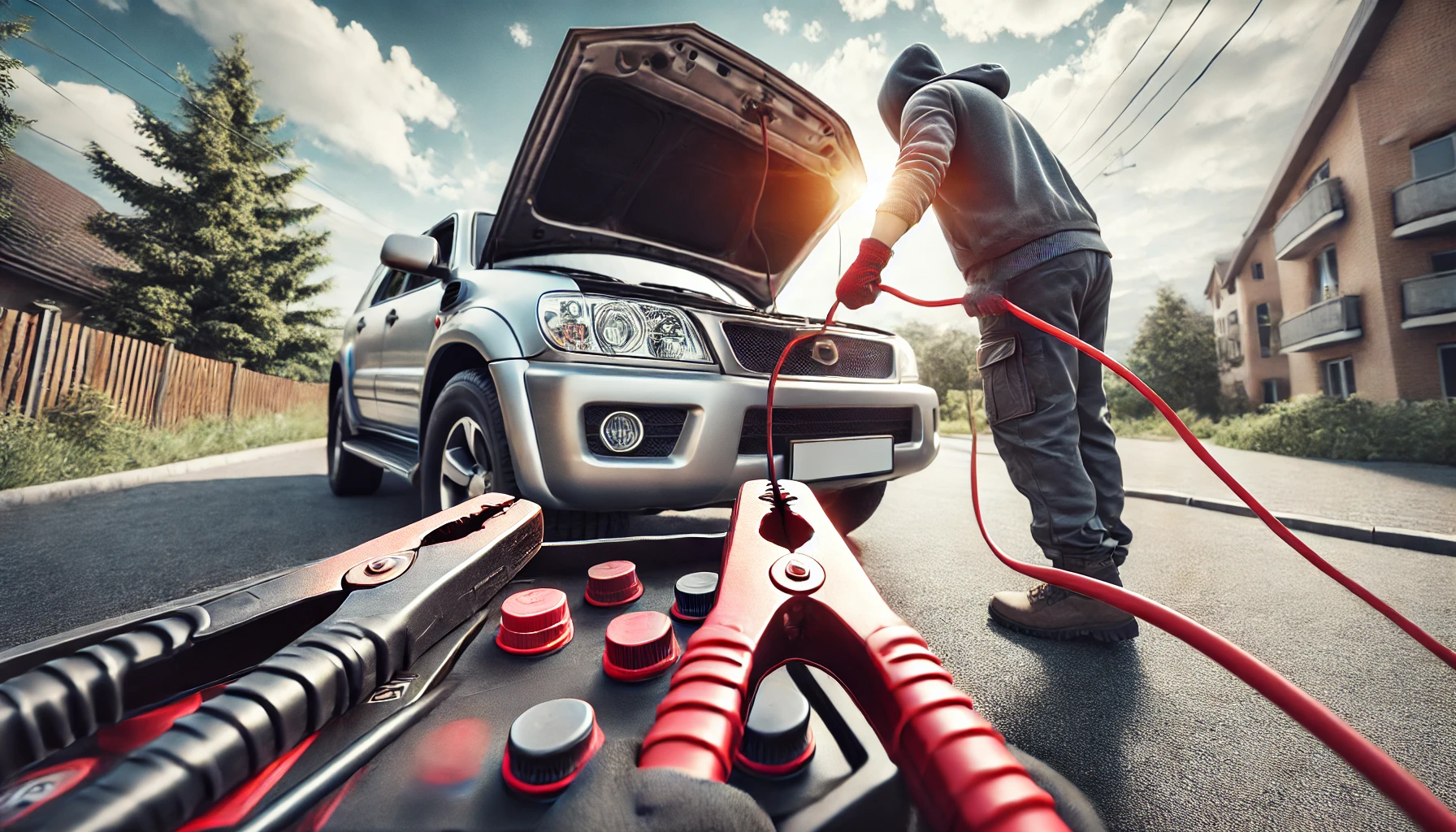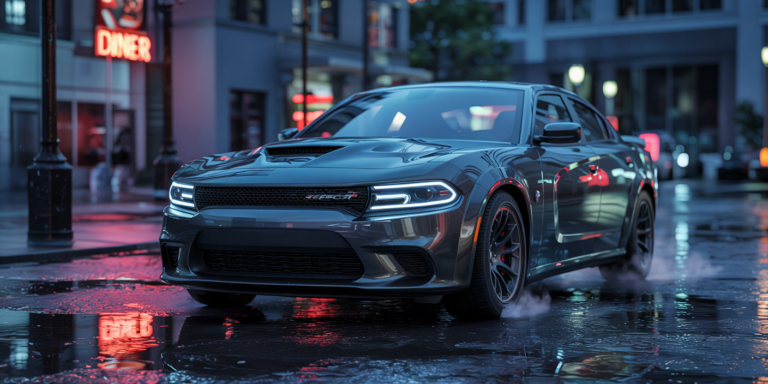Jump-starting a car is a useful skill that can save you time and money.
A dead battery is a common problem, but with the right steps, you can get your car running again in no time.
This guide will walk you through the process in simple steps.
What You Need to Jump-Start a Car

- Jumper cables
- Another car with a working battery (or a portable jump starter)
- Safety gloves (optional but recommended)
Step-by-Step Guide to Jump-Start a Car

1. Position the Vehicles
- Park the working car close to the dead car, but make sure they are not touching.
- Turn off both vehicles and set the parking brakes.
2. Connect the Jumper Cables
- Open both car hoods and locate the batteries.
- Attach one red (positive) clamp to the dead battery’s positive (+) terminal.
- Attach the other red clamp to the good battery’s positive (+) terminal.
- Attach one black (negative) clamp to the good battery’s negative (-) terminal.
- Attach the other black clamp to an unpainted metal surface on the dead car (like a bolt or bracket). Avoid connecting to the negative terminal of the dead battery.
3. Start the Working Car
- Turn on the working car and let it run for 5-10 minutes to charge the dead battery.
4. Start the Dead Car
- Try turning the key. If the engine doesn’t start, wait a few more minutes and try again.
5. Remove the Cables in Reverse Order
- Black clamp from the dead car’s metal surface.
- Black clamp from the working car’s battery.
- Red clamp from the working car’s battery.
- Red clamp from the dead car’s battery.
6. Let the Jumped Car Run
- Keep the car running for at least 15-30 minutes or drive it around to help recharge the battery.
Safety Tips for Jump-Starting a Car

- Always check the jumper cable connections before starting.
- Never allow the metal clamps to touch each other.
- Avoid jump-starting a damaged or leaking battery.
- If the car doesn’t start after multiple attempts, the battery may need replacement.
- Make sure both cars are in park (automatic) or neutral (manual) with the parking brake engaged.
- Avoid using a cigarette lighter or electrical components while jump-starting.
FAQs
1. How long should I let my car run after a jump-start?
Let it run for at least 15-30 minutes or drive it around to recharge the battery.
2. Can I jump-start a car with a portable jump starter?
Yes, follow the same steps, but instead of another car, connect the cables to the jump starter.
3. What if my car still won’t start after jump-starting?
Your battery may be completely dead, or there could be an issue with the alternator, starter, or wiring.
4. Can I damage my car by jump-starting it wrong?
Yes. Incorrect connections can cause electrical damage. Always follow the proper order when attaching and removing cables.
5. How often should I replace my car battery?
Most car batteries last between 3-5 years. If yours is older, consider getting it checked.
6. Can cold weather affect my car battery?
Yes, extremely cold temperatures can reduce battery efficiency. If you live in a cold area, consider using a battery warmer.
7. What are signs that my battery needs replacing?
- The car struggles to start.
- Dim headlights or interior lights.
- Clicking noise when turning the key.
- Frequent need for jump-starting.
Additional Tips for Car Battery Maintenance

- Keep battery terminals clean and free of corrosion.
- Make sure the battery is securely fastened.
- Avoid leaving lights or accessories on when the engine is off.
- Get your battery tested regularly at a service center.
- If your battery is older than 3 years, check its condition frequently.
Jump-starting a car is simple when done correctly. Keep jumper cables in your trunk for emergencies, and always follow safety guidelines. If your battery keeps dying, it might be time for a replacement.


